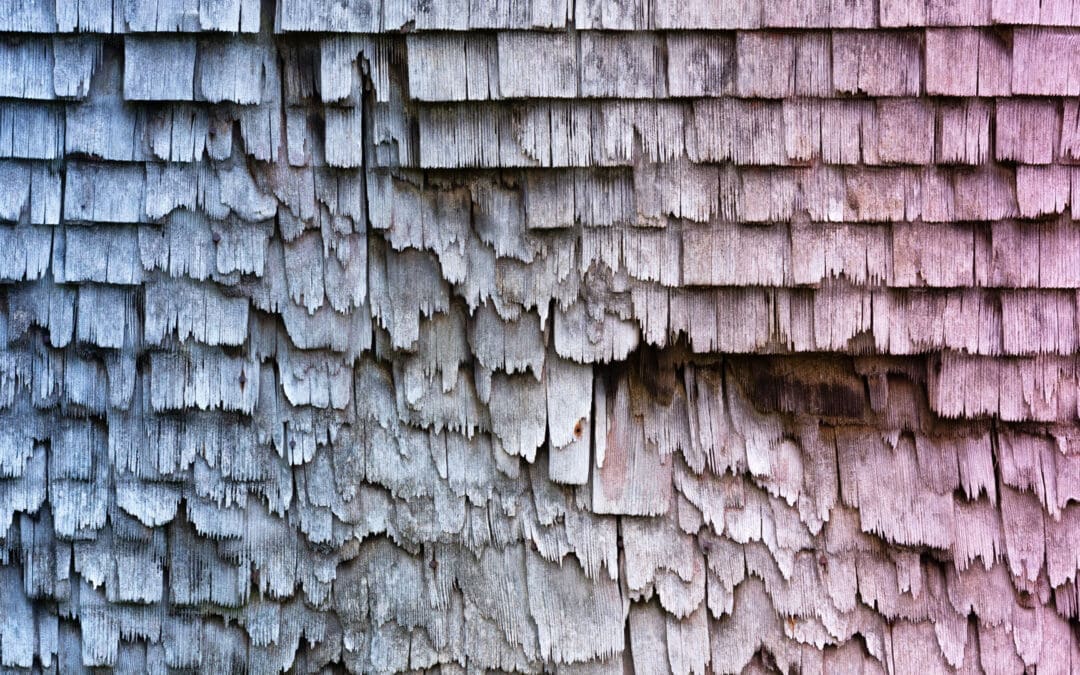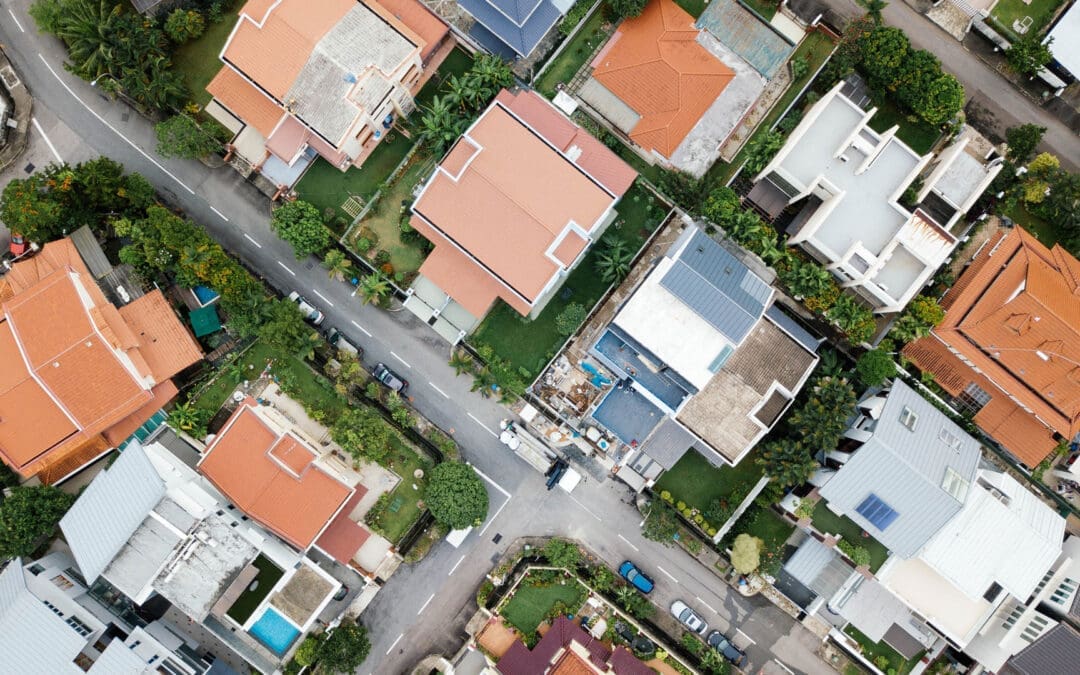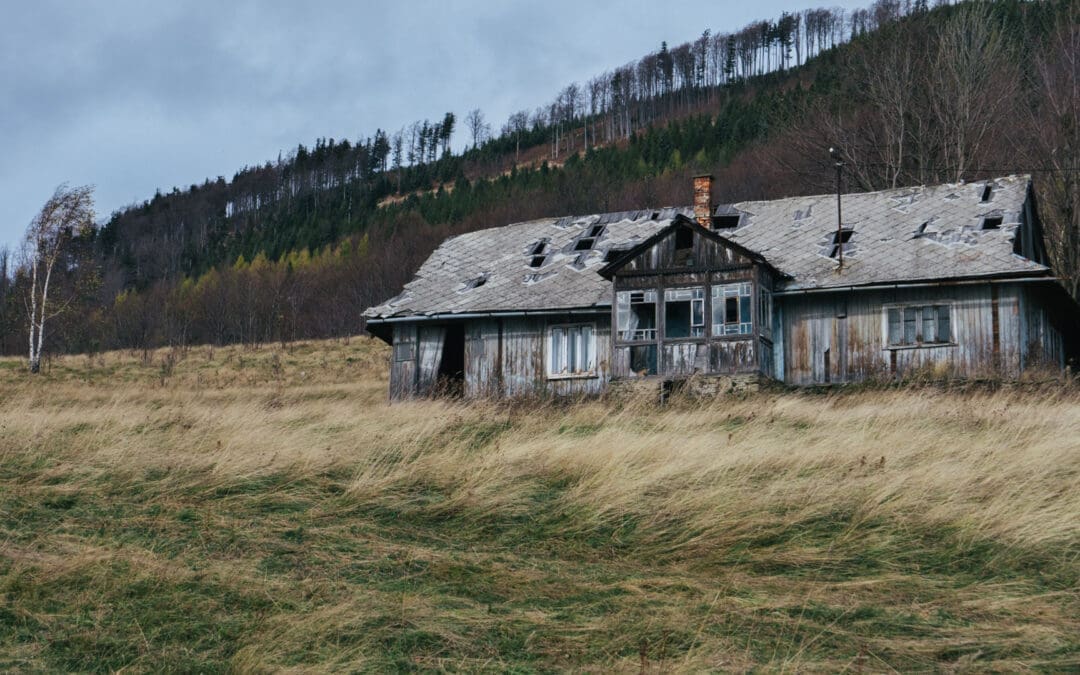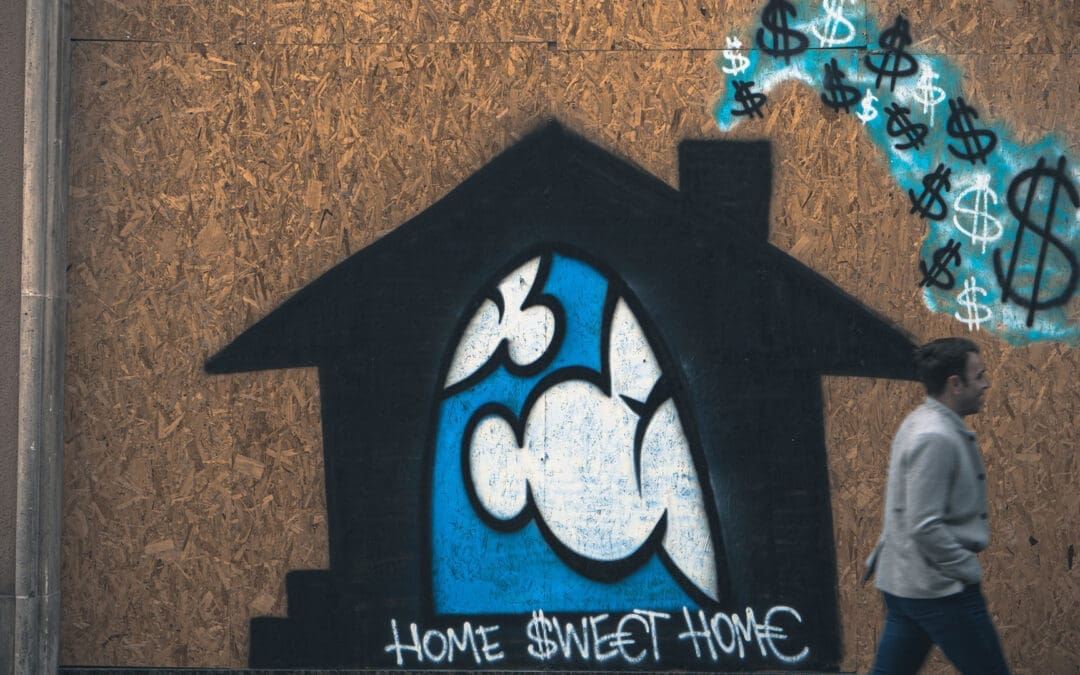
The Real Cost of Ignoring a Roof Replacement
Hey there homeowners! We wanted to have a little chat about something important – making sure to replace your roof before things start going downhill. We know, we know, a roof replacement sounds like a big, expensive, pain-in-the-butt project.
It’s tempting to try squeezing a few more years out of an aging roof. But take it from me, putting off a necessary roof replacement can end up costing you WAY more down the line if things take a turn for the worse!
Don’t get us wrong – if your roof is still in decent condition, by all means, maximize its useful life! But once it starts showing real signs of wear, it becomes risky to delay replacement. Those extra years can come back to bite you. How? Well, let’s just say your roof has a LOT of important jobs. It takes the brunt of rain, snow, sun, storms – you name it. When it starts failing, the risk of leaks, water damage, mold, and even collapse go way up.
Let us paint a little picture for you of how an overdue roof replacement could cost you big time: imagine waking up one stormy morning to the sound of water dripping. Uh oh. You rush to the attic and discover a small leak has become a BIG leak overnight, with water gushing through the saturated roof deck. Yikes! The drywall is soaked, insulation drenched.
Even worse, water is dripping down into the living room. The fancy flatscreen TV and leather couch are getting doused! Oh, and there’s a few suspicious dark spots that look like the start of some mold taking hold. What a nightmare!
Had the roof been replaced sooner, this mess could have totally been avoided. But now you’re looking at some heavy duty repairs: fixing the water damage, replacing drywall and insulation, tossing water-logged furniture, extensive mold treatment, not to mention finally installing that new roof. This is going to get very expensive very fast. Like, potentially tens of thousands of dollars expensive. Ouch!
We’ve seen even worse cases where neglected roofs led to structural issues. Water rotting rafters and roof decking can seriously compromise the integrity and lead to collapse. Now the entire home’s structure has been impacted and needs assessing. NOT good!
Even smaller leaks that go unnoticed over time can take a toll. Picture this: you get a few minor leaks here and there that drip down inside the walls or sneak into the attic. Since you can’t see these leaks, you just ignore them. But over months or years, that trapped moisture breeds mold deep in the walls or rafters. Next thing you know, you have a major mold problem on your hands! Mold remediation is pricey. Plus you might end up replacing drywall, insulation, flooring that’s been affected.
Let’s do a quick tally of what delays could cost:
- Major water damage repairs – $10,000+
- Replacing water-damaged furniture/belongings – $5,000+
- Extensive mold treatment – $5,000+
- Eventual new roof – $10,000+
- Structural repairs if needed – $??? (this one can get astronomical!)
Not to mention the stress and chaos of construction, arguments with insurance companies, days off work to handle issues – it’s just a huge mess!
I hope this gives you an idea of how putting off roof replacement when needed can come back to haunt you big time. I don’t want to see you get caught off guard if that aging roof takes a turn. Stay ahead of any issues to protect your precious home! Keep an eye out for major signs of deterioration like curled or missing shingles, areas of roof sagging or soft spots, multiple leaks popping up inside. Address promptly to avoid disasters!
If you have any doubts about the condition of your roof, have it inspected by a professional roofer. They can assess the age, wear and how many years of life it has left. Follow their recommendations so you know exactly when it’s time for a roof replacement. No guessing!
And when you do decide to move forward with a new roof, make sure to get multiple quotes. Hiring a reliable, experienced roofer is key. Check reviews and references. Make sure they have proper licensing and insurance. Avoid any shady characters who try to pull a fast one! This is an important investment – take time to find the right pro.
One last thought – don’t cheap out on roofing materials or try to stretch them farther than recommended. It might save money upfront but won’t last as long. With your new roof, you want durable materials that will hold up for years to come and protect your precious home. This is your chance to UPGRADE if needed.
Alright, hopefully this gives you a good idea of why it’s so critical not to drag your feet on an overdue roof replacement. I know the project sounds daunting. But trust me, it will be worth it for the peace of mind and protection for your home. No one wants to toss out water-logged furniture! Feel free to reach out if you have any other homeowner questions. I’m always happy to chat about how to keep your home safe, functional, and fabulous!




